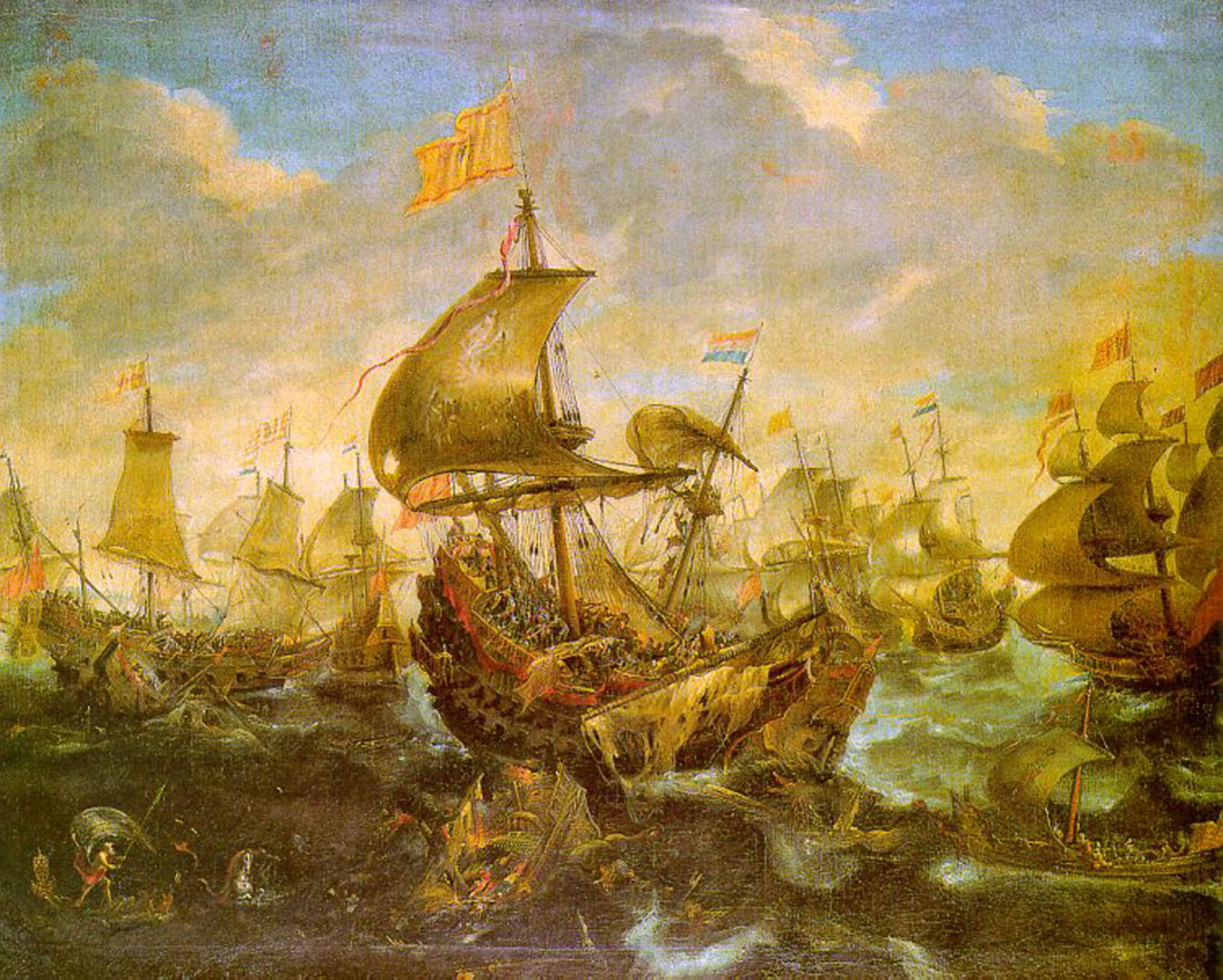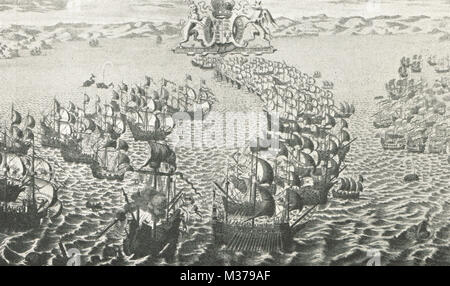

Their height and broad beam made these ships awkward to sail.Įnglish captains, particularly John Hawkins and Francis Drake, inspired a new form of ship for the Queen’s Navy, the “race ship”, of which around 25 were built. The main Spanish vessels were galleons, sailing ships that rode high out of the water with towering fore and after castles from which handheld firearms were discharged while the crews grappled the enemy ships so that soldiers could board and capture them. The ships incorporated by the Spanish in the Armada represented this tradition. In medieval warfare at sea soldiers added castles to the merchant trading vessel at the front and the rear (fore castle and after castle) and at the top of the mast and fought their fleets as if on land, discharging arrows and handguns, boarding the enemy ships and conducting hand to hand fighting. The Spanish represented the old tradition while the English fought with a new design of warship and new tactics. Ships, organization, tactics and equipment: The descent of the Spanish Armada on England in 1588 ocurred at a time of profound change in sea warfare. Unknown numbers of Dutch vessels harassed and attacked the Armada and hemmed the Duke of Parma’s forces into their harbour of Dunkirk.

The English mobilised up to 200 ships in the Channel. Size of the navies in the Spanish Armada campaign: The Spanish Armada sailed with around 160 ships. Both ships carry the red cross on the white background, the crusader symbol and the symbol of St George Armada, June to September 1588: Lord Howard in the Ark attacks San Martin, flagship of the Duke of Medina Sidonia.


 0 kommentar(er)
0 kommentar(er)
